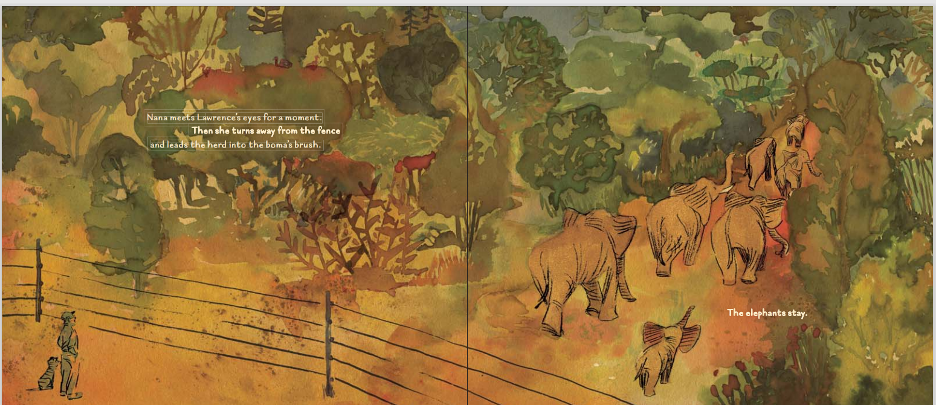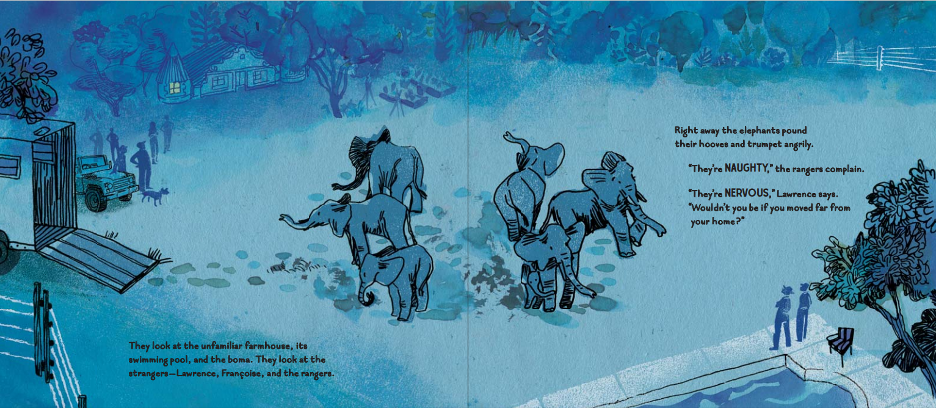I’ve come to believe that the most important element in a picture book, or any story for that matter, is what I call “heart.” Digging it out can be agonizing. But if you’re lucky, it might float to the surface in a haunting question or pop out with a shiver of goosebumps. And then, of course, you have to figure out how to weave it through the story. Here Kim Tomsic adds another terrific post to my “Mining for Heart” series about this essential concept. She shares her own experience and also what she’s gleaned from editor, Melissa Manlove.
 Heart in Picture Books: A Treasure Map to Emotional Resonance
Heart in Picture Books: A Treasure Map to Emotional Resonance
By Kim Tomsic
Whether creating a 500-word picture book or a 75,000-word novel, writers face a juggling act of crafting theme (without being didactic), character (without being cardboard), plot (with the perfect pace), and more all in an effort to craft a balance of delight, entertainment, meaning, and connection. But what makes a story good? Author Arnold Lobel once said, “A good picture book should be true. That is to say, it should rise out of the lives and passions of its creators.” I’d say this statement could be pushed a step further, so it reads: A good children’s book (picture book through young adult novel) should be true. That is to say it should rise out of the lives and passions of its creators and have a placeholder for a child to insert themselves and their emotions. A good book should have heart. But what is heart and how does an author weave it into a story?

I spoke at length about this with Senior Editor Melissa Manlove from Chronicle Books about this. She is the editor behind our new release, The Elephants Come Home, illustrated by Hadley Hooper. When I initially pitched this manuscript to Melissa, she rejected it with an invitation to revise and resubmit. She said the story was packed with interesting details (all of them true!), but it was missing an elusive “something” –it was missing the heart. The emotional resonance of this remarkable story sat on the outskirts of the details—and though details are wonderful, heart is the magic that makes readers feel that poignant oomph in their chest so that the story stays with them long after that last page is turned.

To find and deliver heart, I had to dig back into my text, I had to let it feel personal for me, and I had to find a way to invite the reader so close that they felt they could be part of the story. That meant I had to identify a true piece of me to bring forward and also craft a placeholder for a child to insert themselves into the shoes (or the hooves) of a character. Melissa says “heart” can’t be in the reader’s face. It needs to be like a treasure chest the reader works to uncover. Actually, she says it more eloquently. Melissa says, “The writers I admire most tend to be ones that, as they draft, are following a feeling, a hunch, a question. They’re feeling out what seems right and what the story seems to want to be. And THEN from that, later, in the revision process, they figure out what that part of us that lives on story but doesn’t have words of its own to speak was trying to say. And when you let the story come first, and let it show you by feel where the heart is, then the heart is truly buried in it, like a buried treasure, and your story becomes a map for those who will follow you.”

Regarding feeling points, Melissa says that, “Many [stories are] disposable. And that’s because they’re entertaining in the moment, but they don’t mean anything. There’s nothing that stays with you afterward, nothing that nibbles at your imagination and pulls you back to them.” Even if a story is fiction, Melissa says a good story makes us “feel it is true.” Melissa explains that feeling in story is “the language-brain articulating what the story-brain had already known in feeling. A storyteller must evoke a universal feeling.” For a story to go deeper, there needs to be “a human experience at the heart of that story that we all can relate to…and a truth about that human experience in the story.”
 The Elephants Come Home is the true story of two people, seven elephants, and an extraordinary friendship. When Lawrence and Françoise Malby Anthony agreed to have an angry herd come live on their wildlife reserve at Thula Thula, they were nervous. Elephants hadn’t lived in Zululand, South Africa for over 100 years. Not only that, but the elephants were rumored to be riotous! When I heard about them, I immediately felt a connection with the elephants—As a child who was a military brat, I moved a lot , and much like the elephants, I understand what it means to be scared, angry, and vulnerable. In the spirit of leaving a piece of me on the page, I laid out a treasure map so readers could follow clues around moving, finding trust and friendship, and discovering that love freely given can come back. That’s my truth. But here’s the thing about heart and authenticity—other truths and treasures might show up for readers with different experiences and emotional needs. Perhaps someone else might follow a thread of processing life and death; another might find a truth in what it means to be displaced; another might be enchanted when thinking about the environment. I hope children fall in love with the elephants and become curious about the magic of these beautiful and wondrous creatures. I hope some children are sparked to investigate what it means to be an eco-warrior. And finally, I hope that children who might need a bridge are able to discover a path in the story to open up a conversation about what is in their heart. The Elephants Come Home, with gorgeous illustrations by Hadley Hooper and edited by Melissa Manlove released on May 18, 2021 with Chronicle Books.
The Elephants Come Home is the true story of two people, seven elephants, and an extraordinary friendship. When Lawrence and Françoise Malby Anthony agreed to have an angry herd come live on their wildlife reserve at Thula Thula, they were nervous. Elephants hadn’t lived in Zululand, South Africa for over 100 years. Not only that, but the elephants were rumored to be riotous! When I heard about them, I immediately felt a connection with the elephants—As a child who was a military brat, I moved a lot , and much like the elephants, I understand what it means to be scared, angry, and vulnerable. In the spirit of leaving a piece of me on the page, I laid out a treasure map so readers could follow clues around moving, finding trust and friendship, and discovering that love freely given can come back. That’s my truth. But here’s the thing about heart and authenticity—other truths and treasures might show up for readers with different experiences and emotional needs. Perhaps someone else might follow a thread of processing life and death; another might find a truth in what it means to be displaced; another might be enchanted when thinking about the environment. I hope children fall in love with the elephants and become curious about the magic of these beautiful and wondrous creatures. I hope some children are sparked to investigate what it means to be an eco-warrior. And finally, I hope that children who might need a bridge are able to discover a path in the story to open up a conversation about what is in their heart. The Elephants Come Home, with gorgeous illustrations by Hadley Hooper and edited by Melissa Manlove released on May 18, 2021 with Chronicle Books.
Beautifully said -no heart, no meaning! Congrats on a wonderful, heartfelt book. 🙂
LikeLiked by 1 person
“I laid out a treasure map so readers could follow clues around moving, finding trust and friendship, and discovering that love freely given can come back. That’s my truth.” Mm. Beautifully said. I can’t wait to read this.
LikeLiked by 2 people
This sounds like a beautiful book with lots of heart! Congratulations, Kim!
LikeLiked by 1 person
I love the subtle reveal of the elephants’ emotions.What a beautiful way to add heart to the story! I can’t wait to read this book and share it with my grandchildren. Congratulations, Kim!
LikeLiked by 1 person
Great post – will certainly be thinking about these words for a while! Congratulations on a beautiful book, Kim!
LikeLiked by 2 people
Wonderful post Beth and Kim. Great way to explain finding the heart of a story! Congrats again Kim.
LikeLiked by 2 people
Kim, as you know, I love this book. I think what you said at the end of this interview about how there are different entry points for the reader to find themselves in the story based on personal experience will help me in my writing and revision. Thanks for the interview, ladies.
LikeLiked by 2 people
Congratulations Kim and Hadley! Your book is on my TBR list!
LikeLiked by 2 people
I’ve tried three times to put this book on hold, and then something would distract me.(Squirrel brain, just a bit?).
The thing is, I have long lists of books to add to my library hold, books to read, consider reviewing, and often to recommend.
Your journey to establish the heart of this factual story convinces me that soon after reading it, I’ll be ordering several copies, for myself and as gifts.
Making sure that readers can follow your subtle indicators while providing a rich and rewarding story in which they find themselves, even in ways you never imagined, is the ultimate goal for any book, picture book or otherwise,
Thanks for the post, and the book.
LikeLiked by 2 people